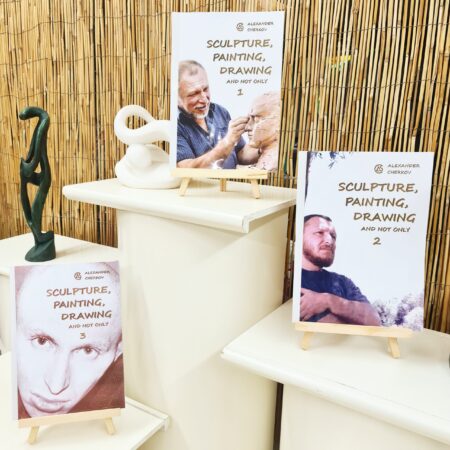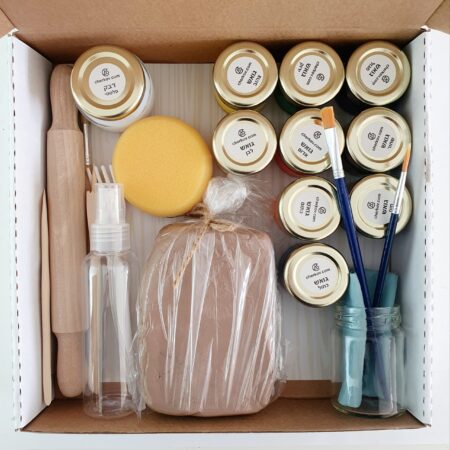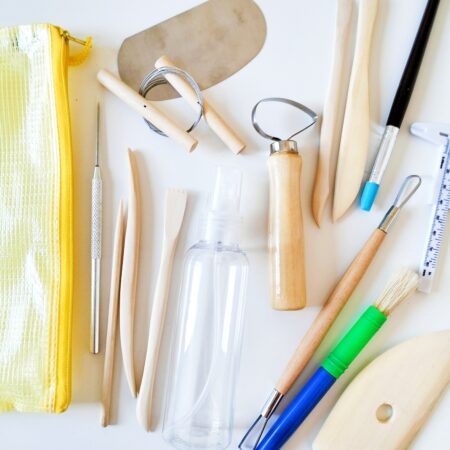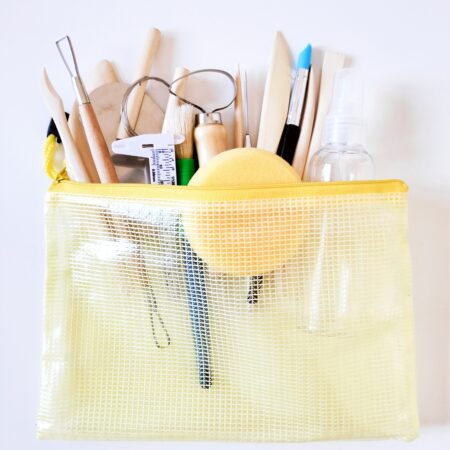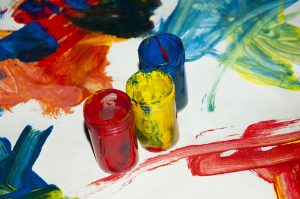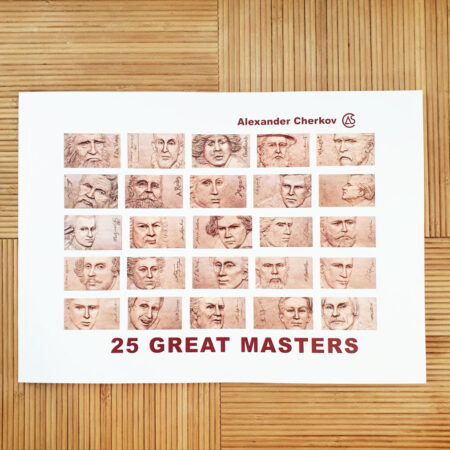Clay Casting by Alexander Cherkov, from the book Introduction to the World of Art "Sculpture, painting, drawing and more"
The easiest way to duplicate a statue is by casting clay into Gypsum mold that you prepared ahead of time. While the mold is drying, we will prepare liquid clay for the casting. Clay without slump is suitable for this purpose. Cut the clay into small pieces and cover them completely with water. After 3-2 days mix well with a mixer until you get a uniform and smooth liquid. The liquid clay should be thick, but liquid enough. If the liquid clay turns out too thick, add a little water. If it turns out too runny, add dry clay powder.
Place the The plaster mold Dry with the help of utensils in such a way that the base of the sculpture will be at the top in a completely horizontal position.

Pour the liquid clay into the gypsum mold "with mount". During the casting process, constantly shake the mold, to prevent the formation of air bubbles on the surface of the sculpture.
After half an hour, fill more clay "with a mountain", since as a result of the absorption of water by the gypsum, the level of clay will decrease.
After another half hour, the clay should be poured out of the mold. There will be a layer of clay about half an inch thick on the sides of the gypsum mold. Leave everything for one hour until the water from the clay is completely absorbed into the sides of the gypsum mold, in order for the clay to harden.
When the material becomes matte (does not look wet), cut excess material along the surface of the base of the sculpture.
Turn and place on the base, and leave for 2-3 days at room temperature. The drying time of the material sculpture inside the gypsum mold depends on the thickness of the gypsum walls. The thicker the plaster, the shorter the drying time.

After sufficient drying of the material (it should remain moist, but not too soft - you will understand this with experience) you will see that the sculpture of the material separated and moved away from the sides of the gypsum mold. The mold can now be opened and the plaster carefully removed.
The sculpture may come out a little distorted (in case the shape of the sculpture is not simple), but it is easy to fix, as the material in this condition is flexible and can be easily designed. Slide the "seams" created at the connection points of the template. Correct the errors and leave to dry.
After complete drying, the sculpture can be placed in a ceramic oven for burning. There is no need to prepare for the fire and empty it, since the statue that comes out of the foundry is hollow and has thin sides and is already ready for fire.
After the fire you can move toColoring the statue And give it a more noble look, such as bronze or wood.
Watch a video demonstrating the process of casting liquid clay into a gypsum mold 5:04
Male torso sculpture exercise
Sculpture products
- "Natural ceramic clay - 3 kg" is un-purchasable.
- You can not add this bundle to the cart.



